Fabrication of cell aggregates containing vascular structures with the expectation of high therapeutic effect in transplantation
NIPPON SHOKUBAI CO., LTD. (Headquarters: Osaka, Japan, President: Yujiro Goto, hereinafter “Nippon Shokubai”) successfully fabricated cell aggregates containing vascular structures with vascular terminal structures on the surface using the company-developed three-dimensional cell culture container MicoCell™. This property of suggests that these cell aggregates will exhibit superior therapeutic effects compared to conventional cell aggregates when used in transplantations in regenerative medicine.
MicoCell is a three-dimensional cell culture container developed by the unique technology of Nippon Shokubai. It is characterized by the appropriate adhesiveness of the cells to the bottom of a container, which allows the cell aggregates to be fabricated under conditions more similar to the inside of the body with uniform size and in large quantities(Photograph 1).
The production of cell aggregates in various forms through three-dimensional cell cultures has attracted attention in recent years. For example, the fabrication of cell aggregates with the introduction of vascular structures by the co-culture of target tissue cells and vascular endothelial cells has been suggested, which will allow the supply of oxygen and nutrition to the inside of the cell aggregates. The introduction of vascular structures in cell aggregates is expected to enable connections to the blood vessels of the patient after transplantation, which will improve the grafting rate of the cell aggregate, thereby improving the therapeutic effect. However, conventionally developed cell aggregates with vascular structures have the random formation of vascular structures inside the aggregates, which caused difficulty in controlling the direction of the vascular structures and formation of the terminals of the vascular structures on the surface of the cell aggregates, and these difficulties posed challenges in grafting and the therapeutic effect after transplantation.
To overcome these challenges, Nippon Shokubai produced cell aggregates by the co-culture of stem cells and vascular endothelial cells using MicoCell and found that the vascular endothelial cells grafted onto the section that adhered to the bottom, resulting in a dome-shaped formation of multiple vascular structures in a perpendicular direction to the cell aggregates (Figure 1, Photographs 2 to 4). These structures were not observed in conventionally developed cell aggregates, and the presence of vascular endothelial cells on the surface adhered to the bottom is expected to achieve immediate connections to the blood vessels of the patient after transplantation and lead to high therapeutic effect. In addition, the cell aggregates with this structure were found to improve the state of hypoxia inside the aggregates compared with cell aggregates without the vascular structures (Figure2).
The cell aggregates with vascular structures fabricated with MicoCell are expected to be applied not only in the field of regenerative medicine but also in the preparation of organ models and in drug screening tests to substitute animal experiments because of similarity of cell aggregates to the living body, and they are fabricated at the laboratory level. Nippon Shokubai aims to contribute to the advancement of medical care technology through the supply of MicoCell to various fields and to the promotion of collaboration with the newly developed cell aggregates with vascular structures as an example.
The result of this research was published in Advanced Biosystems on September 9, 2020 (doi: 10.1002/adbi.202000120).
Explanation of the terms
-Regenerative medicine
This refers to medical care in which cells and artificial materials are used to regain the innate functions of the organs and tissues lost through injury and disease.
-Stem cells
This refers to the cells with the capability of self-replication and differentiation into various cells. They are found in the body, and the stem cells derived from fat are expected to be useful in the area of regenerative medicine because they are easily collected and have high proliferation and differentiation capacities.
-Cell aggregates (spheroids)
This refers to the mass of cells aggregated in three-dimensional morphology. They have been found to show behaviors similar to the state inside the body compared with the conventional two-dimensional cell forms and are expected to be applied in the areas of regenerative medicine and drug discovery.
About NIPPON SHOKUBAI Co., Ltd.: Since 1941, Nippon Shokubai has grown up its business with unique catalyst technology. Nippon Shokubai has supplied, for example, ethylene oxide, acrylic acid, automobile catalysts, process catalysts and so on. Among all, our global market share of superabsorbent polymers is the largest in the world now. Nippon Shokubai is a global chemical company operating under its corporate mission “TechnoAmenity-Providing affluence and comfort to people and society with our unique technology.”
https://www.shokubai.co.jp/en/
【Contacts】
Investor & Public Relations Dept.,
NIPPON SHOKUBAI CO., LTD.
TEL: +81-3-3506-7605 E-mail: shokubai@n.shokubai.co.jp
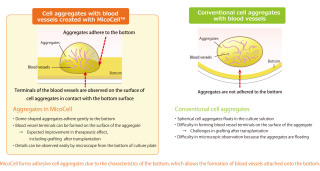
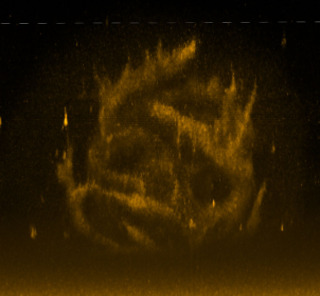
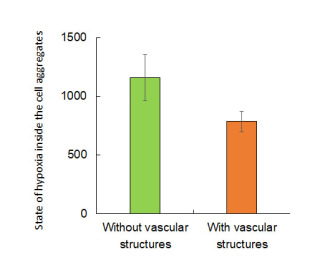
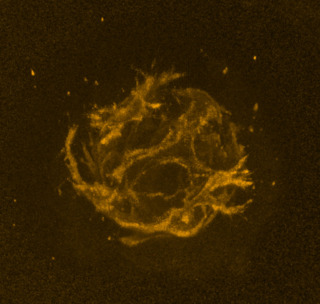
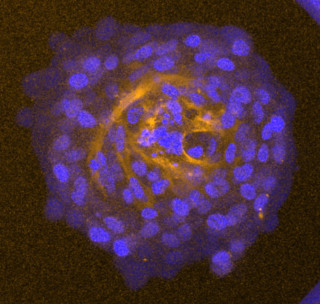
[Files]